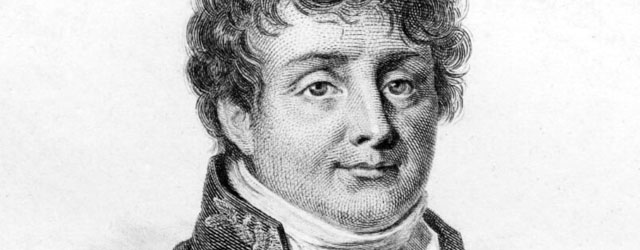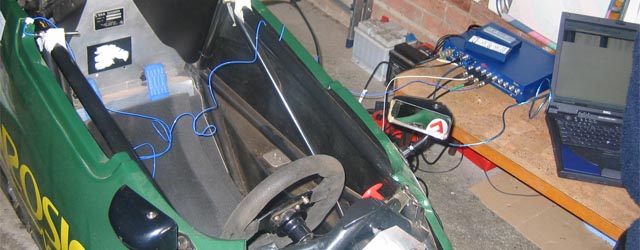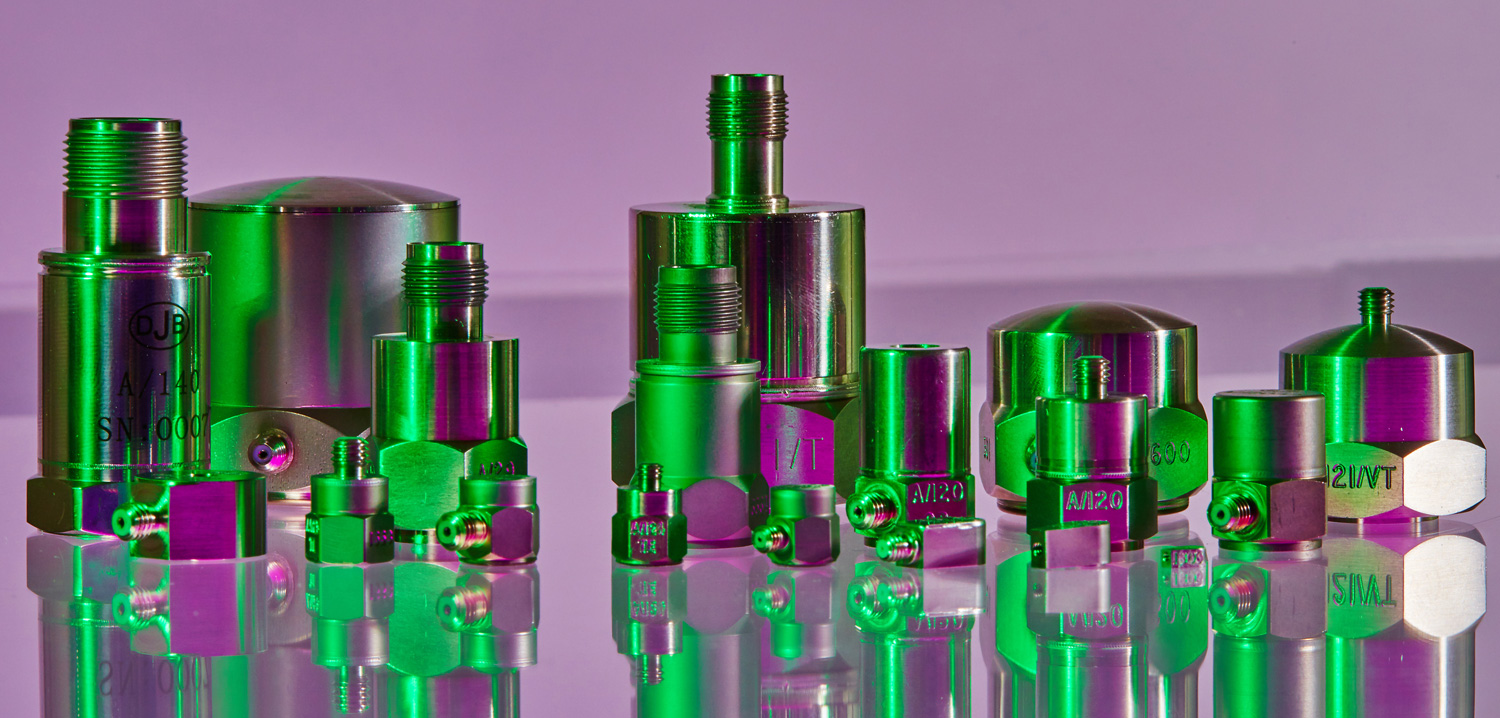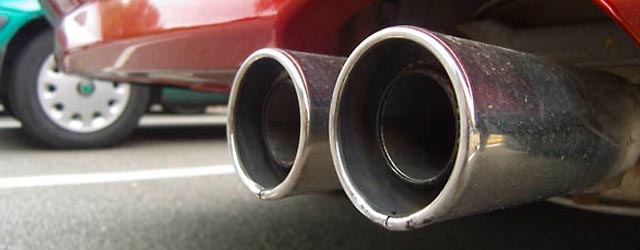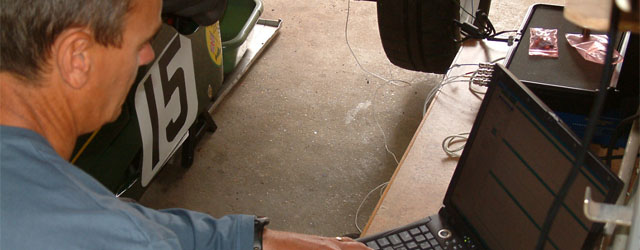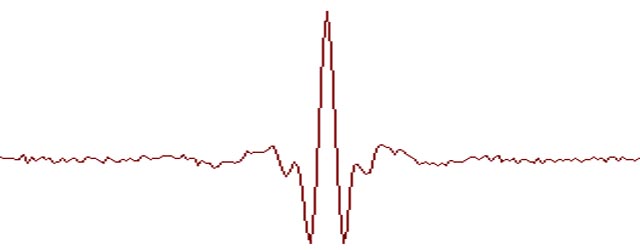Noise & Vibration Capture with GPS Tracking

The latest version of the CAN-bus/GPS (8440) module is now available for the Prosig P8012, P8020 and P8048 systems. The CAN-bus/GPS module has been in use in the field for some time now, recording CAN-bus information for display and analysis alongside noise, vibration, temperature and other signals captured by P8000 systems. The DATS software treats all analog and CAN-bus parameters in the same way so any mixture of parameters can be selected for display in real-time and subsequent processing. CAN-bus parameters can also be used to trigger immediate and pre-triggered captures and to stop captures.
The 8440 module now has an option to capture GPS parameters in addition to the other signals. The data capture software now also supports a realtime GPS track overlayed on a map. Velocity and altitude data measured by the GPS system can also be displayed alongside any other measurement channels in realtime displays. The latitude, longitude, altitude and velocity data is stored with with all the other sensor data captured by the P8000 system and is available to view and process in the resulting datasets. These signals can then be used to classify or select data for further analysis. For example you could choose to process data when the vehicle is on a particular road or a particular section of the track, or if you find an unusual event use the GPS data to give a position and time or the event.

 Sometimes we are asked about the differences between an acoustic camera and a sound intensity probe and which of the two is better for a particular application. There is no straightforward answer as they are quite different pieces of equipment, used for measuring different things. An acoustic camera is a tool used to locate and analyse sound sources, usually both steadystate and dynamic phenomena. The intensity probe is used to find the sound intensity at a particular position, usually a steadystate phenomena.
Sometimes we are asked about the differences between an acoustic camera and a sound intensity probe and which of the two is better for a particular application. There is no straightforward answer as they are quite different pieces of equipment, used for measuring different things. An acoustic camera is a tool used to locate and analyse sound sources, usually both steadystate and dynamic phenomena. The intensity probe is used to find the sound intensity at a particular position, usually a steadystate phenomena.